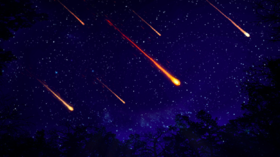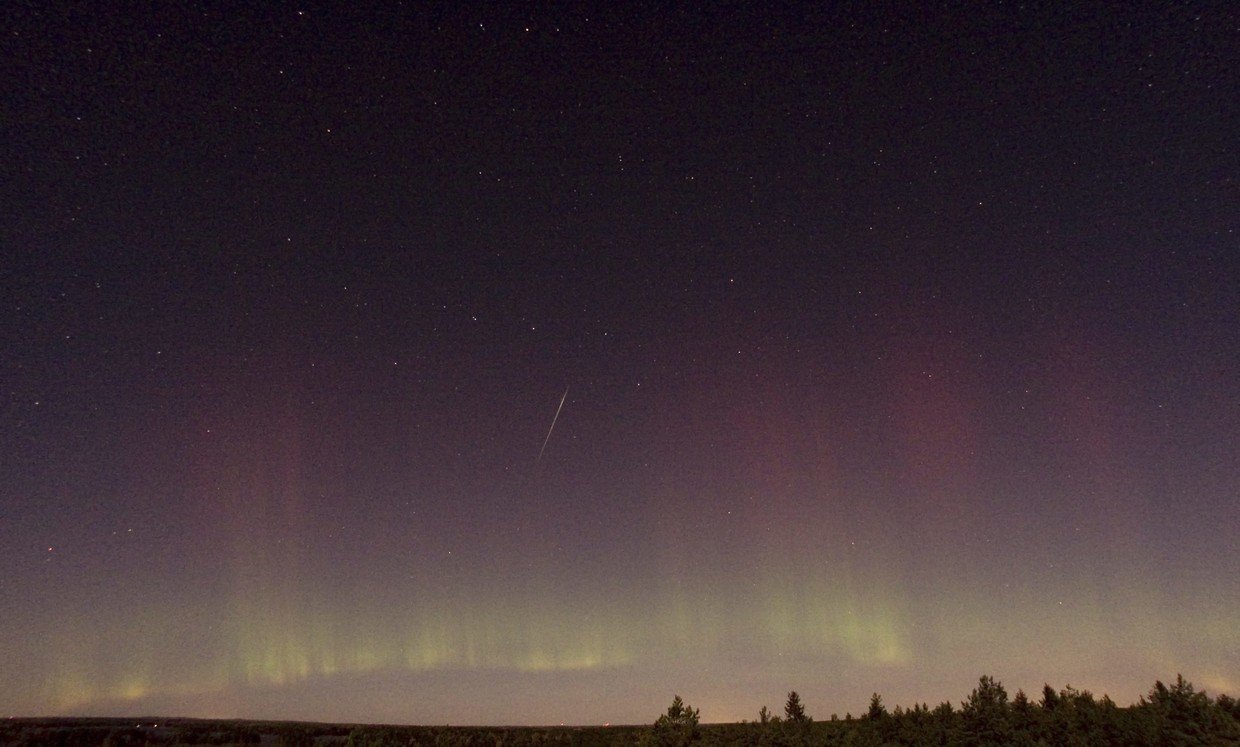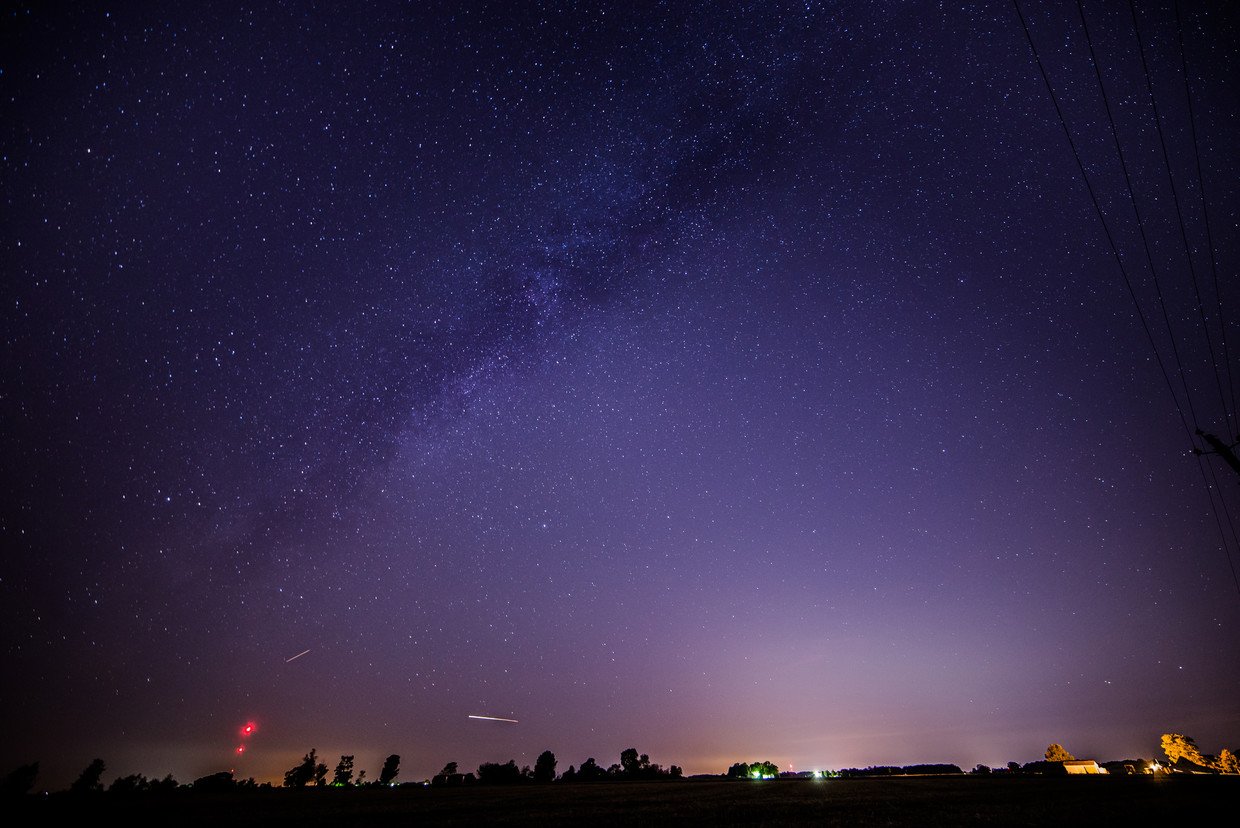Shooting stars to light up night sky in stunning Draconid meteor shower

A spectacular meteor shower is set to light up the night skies in the coming weeks. Here’s all you need to know about the Draconids, one of the greatest shooting star shows of the year.
The Draconid meteor shower is also known as the Giacobinids and takes place between October 6-10. It peaks on October 8, when stargazers will be treated to an array of shooting stars flying across the night sky.
This year the meteor shower is in outburst, and could deliver 40-50 meteors per hour. However, the full moon is expected to put a slight dampener on the light show by making the sky too bright for all the shooting stars to be seen.

The Draconids occur when Earth passes through the orbit of Comet 21P/Giacobini-Zinner, and its debris, which collides with the atmosphere, burns up as meteors.
Also on rt.com Draconid meteor shower to provide intergalactic pyrotechnics this weekendSome years it can put on an extremely impressive display. In 2011, stargazers in Europe reported seeing over 600 meteors per hour. The Draconid showers in 1933 and 1946 produced thousands of meteors per hour.

It is recommended to start looking out for the meteor shower when it gets dark, as the Draconids’ radiant (the point from which the meteors seem to radiate from), Draco constellation, is highest in the sky earlier at night. Regardless of where you are in the world Draco reaches its highest point in the sky at around 5pm local time.
It isn’t the only exciting meteor shower to appear in October. The Orionids will take place around October 21, so keep an eye out for that.
Think your friends would be interested? Share this story!














